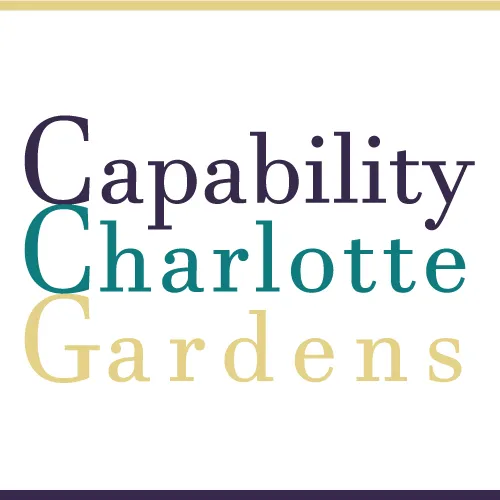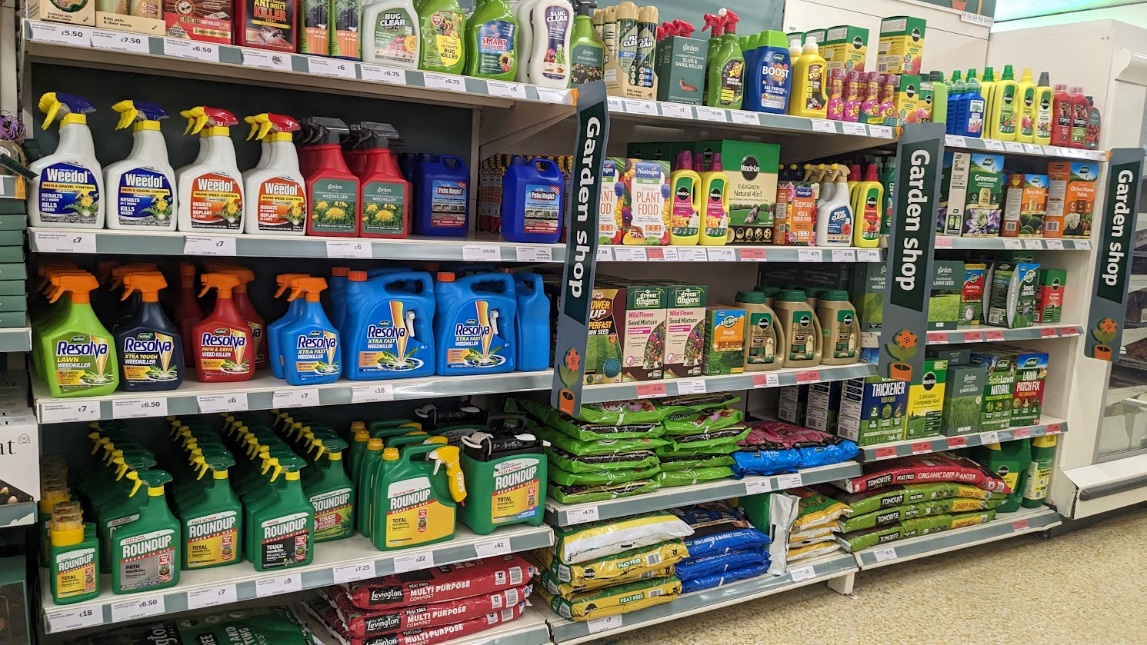
Why We Should Never Use Glyphosate
The Dark History of Glyphosate
As summer approaches, the seasonal shelves in every supermarket begin to groan with plastic tat, urging us to get our garden ‘Summer ready’. Alongside the solar lights and barbecue kits, lurk some pretty nasty poisons hidden in jazzy coloured plastic bottles, pesticides to kill bugs, herbicides to kill plants, (They all come under the umbrella term of pesticides).
The world’s most popular pesticide is Glyphosate, 8.6 billion kilograms has been sprayed worldwide since 1974, Glyphosate is the active ingredient in the popular weed killer Roundup and other similar products: https://enveurope.springeropen.com/articles/10.1186/s12302-016-0070-0
As professional gardeners we are not allowed to apply Glyphosate without a Pesticide Certificate, known as PA1 and PA6, it includes thorough training in the safe use and operation of pesticide equipment. While we fork out hundreds of pounds and spend many hours learning how to use pesticides safely, any member of the public, with no training can pop into their supermarket and pop a bottle of this poison in their trolly along with their cornflakes, it’s not even age restricted. You can’t buy an Energy drink but you can by any of the below.
Before you reach for these brightly coloured plastic bottles that promise easy gardening, please read my blog:
 Figure 1: Shelves Groaning With Poisons
Figure 1: Shelves Groaning With Poisons
Glyphosate is a systemic herbicide, it is absorbed by the plant rather than just sticking to it unlike some potentially toxic agents used in the past, such as Dichlorodiphenyltrichloroethane, better known as DDT: https://www.mdpi.com/2039-4713/12/1/3
Glyphosate is a non-selective herbicide, meaning it will kill most plants. Glyphosate works not by “poisoning” a plant but by preventing it from making certain proteins that are needed for plant growth by stopping a specific enzyme pathway, the shikimic acid pathway. The shikimic acid pathway is necessary for plants and some microorganisms: http://npic.orst.edu/factsheets/glyphogen.html
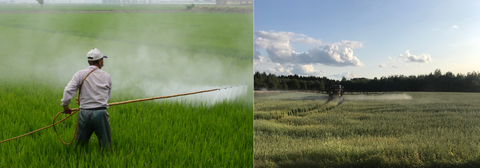
Glyphosate is also used as a crop desiccant; it is applied to a crop just before harvest to kill the leaves so that the crop dries out more quickly and evenly. This can contaminate plant pollen and nectar of non-targeted species thus killing our vital pollinators: https://www.cell.com/heliyon/fulltext/S2405-8440(22)03467-3

The Dangers Of Glyphosate
Although the U.S. Environmental Agency regards glyphosate weed killers as safe when used as directed, the International Agency on the Research for Cancer deems glyphosate to be “probably carcinogenic to humans.” and gave it its second-highest classification rating: https://link.springer.com/article/10.1007/s00204-017-1962-5
We are told Glyphosate neutralises in the soil, but recent studies have proven that to be a lie: https://www.sciencedirect.com/…/pii/S0378112721003479
There is also evidence that it leeches into water courses and has been found in the Great Barrier Reef: https://www.sciencedirect.com/science/article/pii/S0025326X14000228
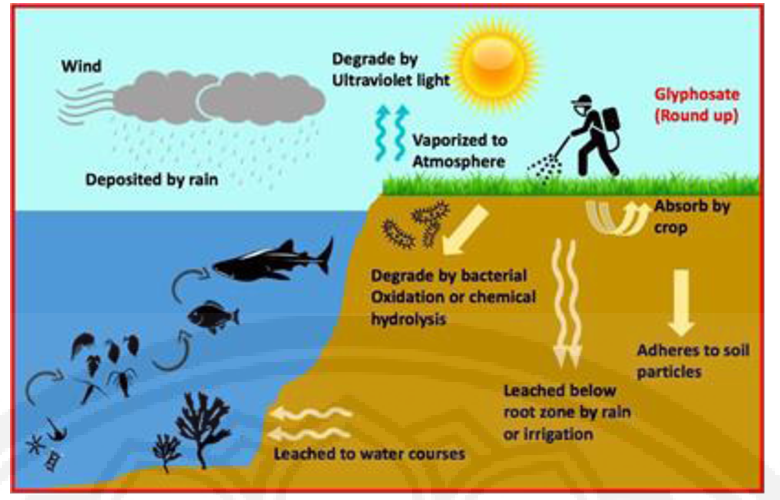 Figure 2 Distribution and transportation of glyphosate into aquatic organism and environments
Figure 2 Distribution and transportation of glyphosate into aquatic organism and environments
Glyphosate has been found in the urine of 93% of the American public (Including children) during a unique testing project that started in 2015: https://detoxproject.org/1321-2/
Monsanto - The Inventors of Glyphosate

Monsanto started out manufacturing the now banned DDT and polychlorinated biphenyls (PCBs), it also invented Astro Turf; it was originally called “Chemgrass”. I prefer to call it “Plastic Death Grass”.
 Figure 3: Original Piece of Astroturf
Figure 3: Original Piece of Astroturf
In the 60s and 70s Monsanto was a producer of “Agent Orange” which the US forces used as a weapon against the people of Vietnam. As well as the huge environmental damage this man-made chemical weapon it killed over 400,000 men, women and children and left many with serious health issues including birth deformities.

 Figure 4: US helicopter covers rainforest with Agent Orange during the Vietnam War and the after effects on the people
Figure 4: US helicopter covers rainforest with Agent Orange during the Vietnam War and the after effects on the people
Its use has now been called a war crime, one of the worst since the Second World War.
In 1970, Monsanto patented Glyphosate and used their talents to genetically modify seeds that were tolerant to Glyphosate. Glyphosate use has increased 15-fold since genetically modified crops were introduced in 1996.
Many people don’t know that Glyphosate is an antibiotic, (in 2010 it was patented as one) Use of antibiotics like glyphosate in agriculture allows residues of antibiotics and antibiotic-resistant bacteria on agricultural lands to move through the environment, contaminate waterways, and ultimately reach consumers in food. Both the human gut and contaminated waterways provide incubators for antibiotic resistance:
https://pubmed.ncbi.nlm.nih.gov/33400949/
Glyphosate and Cancer
In 2020 alone, Monsanto agreed to pay $11 billion to settle cancer claims https://www.forbes.com/…/produc…/roundup-lawsuit-update/
Monsanto is now conveniently defunct as a company.
Bayer AG

Now, let’s move to their chum, German Company Bayer AG, who bought Monsanto in 2018 for $66 billion in a corporate merger made in hell. Bayer-Monsanto became the world’s biggest agribusiness, controlling 29 percent of the global seed market and 24 percent of pesticides.
 Figure 5: Bayer CEO Werner Baumann (left) greets his Monsanto counterpart Hugh Grant
Figure 5: Bayer CEO Werner Baumann (left) greets his Monsanto counterpart Hugh Grant
Bayer started in 1863 as a chemical dye facility, but it is more famous for the invention of aspirin, they also trademarked Heroin (based on the German word Heroisch or heroic) and Phenobarbital one of the main Epilepsy drugs. They also invented a pregnancy testing kit that caused birth defects and were involved with a company that supplied contaminated blood products to Haemophiliacs. In the first world war, Bayer started to develop chemical weapons to be used against British forces. Chemical weapons continued to be one of their most profitable products.
In 1925, Bayer merged with IG Farben and used slave labour in their chemical weapons factories built in Nazi concentration camps, namely Auschwitz.
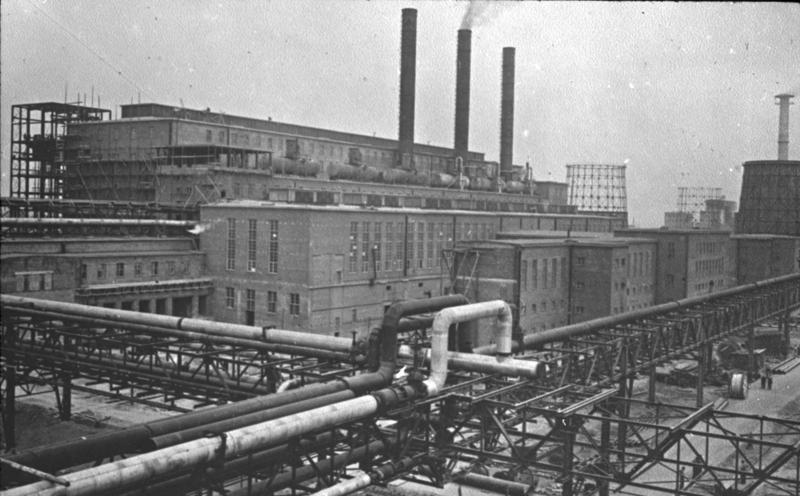 Figure 6: The IG Farben plant at Auschwitz
Figure 6: The IG Farben plant at Auschwitz
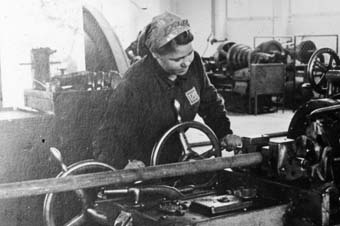 Figure 7: Ukrainian forced labourer at the lathe, I.G. Auschwitz
Figure 7: Ukrainian forced labourer at the lathe, I.G. Auschwitz
Employees of the Bayer group routinely conducted medical experiments on tens of thousands of camp inmates. In one study of an anaesthetic, the company paid RM 170 per person for the use of 150 female inmates of Auschwitz. A Bayer employee wrote to Rudolf Höss, the Auschwitz commandant: “The transport of 150 women arrived in good condition. However, we were unable to obtain conclusive results because they died during the experiments. We would kindly request that you send us another group of women to the same number and at the same price.” IG Farben also produced Zyklon B, the Gas that was used to kill one million people in gas chambers throughout Europe.
 Figure 8: A Zyklon B Cannister (Auschwitz Museum)
Figure 8: A Zyklon B Cannister (Auschwitz Museum)
After the war, a few employees were tried and sentenced, including Fritz Ter Meer, who was sentenced to seven years, he was released in 1950 and welcomed back to Bayer with open arms and elected to their supervisory board in 1956, a position he retained until 1964.
 Figure 9: Bayer Employee Fritz Ter Meer at his Arrest
Figure 9: Bayer Employee Fritz Ter Meer at his Arrest
It wasn’t until 1995 that Bayer apologised for their actions.
After the war, Bayer and other chemical weapons manufacturers realised they had many factories and nothing to sell, one can’t help wondering if Glyphosate and other pesticides far from being a miracle cure for all our problems was just a handy alternative? Tell people that the wild flowers they had previously accepted are now not acceptable and are now ‘weeds’, then sell them a product to get rid of them. Create a need, fulfil that need. Glyphosate truly is one of the most potent symbols of man’s control of nature through chemicals and big corporations. A personification of the patriarchy. The only way to smash this control is by refusing to buy this stuff and by calling out retailers that sell it. Any experienced organic gardener who once used this stuff can tell you it doesn’t work, all it does is leave you with depressing dead, brown leaves and the “weeds” will always come back. Speak to any organic gardener and they will give you a myriad of better ways to control unwanted plants, the easiest and best way is to just pull them up and add organic mulch, lots of eat keep you soil happy and healthy and your plants will be happy and healthy.
Lots more information via: https://glyphosatestudy.org/faqs-glyphosate/ https://www.pan-uk.org/
